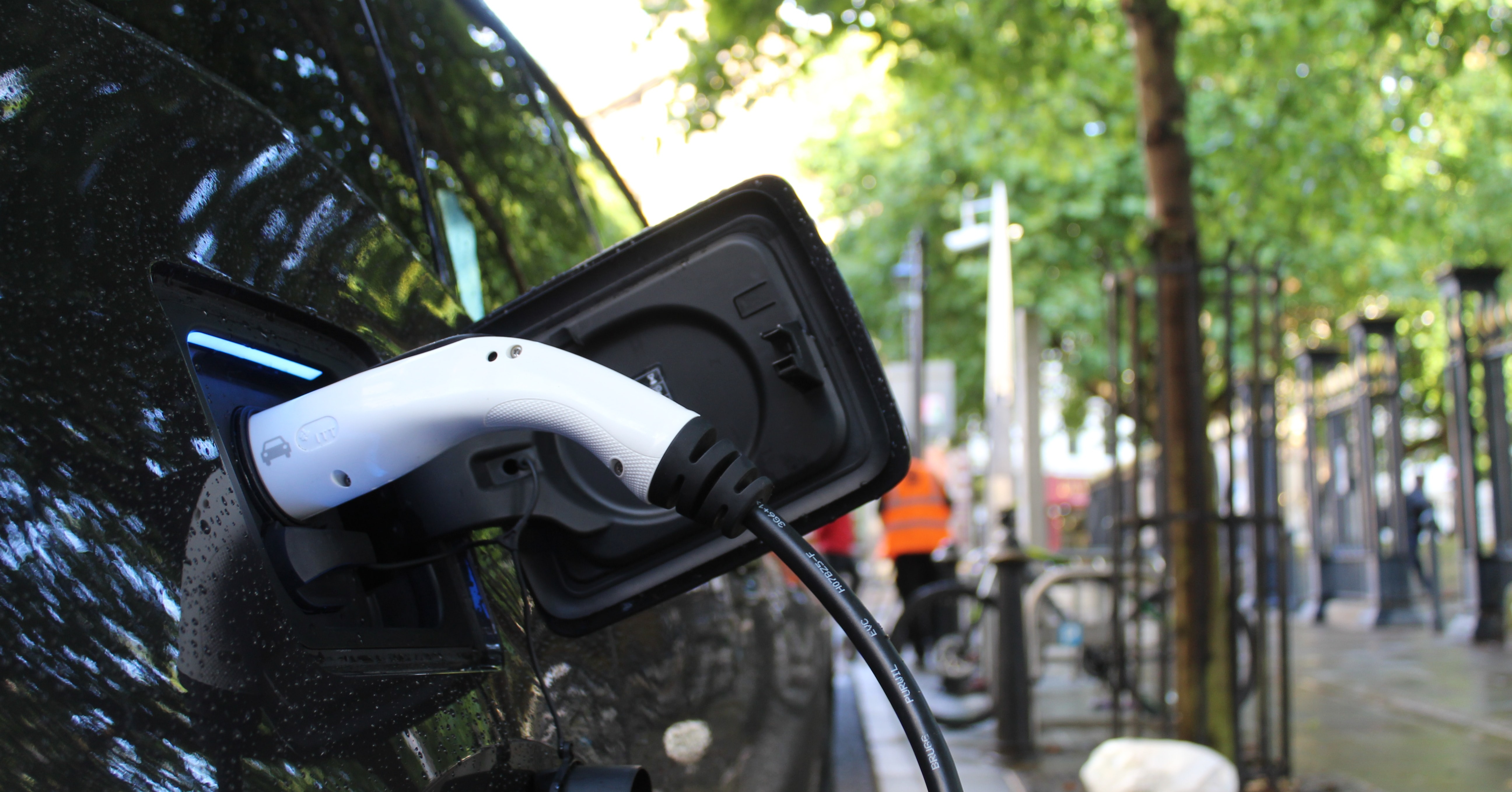In this article, we discuss how prototyping with sand casting supports wider consumer uptake of electric vehicles, driving solutions for the key EV challenges of battery range and cost.
Electric vehicles have long been identified as playing a key role in creating a carbon-neutral future. Governments across the globe have set ambitious targets to address fuel emissions. In response, automotive manufacturers are shifting their focus to phase out ICE powered cars towards production of low emission vehicles- including electric vehicles (EV) and hybrid electric vehicles (HEVs).
But for EV to become as wide-ranging globally as fossil fuelled traditional ICE vehicles, there remain two vital obstacles for automotive manufacturers to overcome - battery range and cost.
Solving consumer concerns over battery range
While the growth in EV and HEVs is expected to rise (accounting for 30% of all vehicle sales by 2025), there’s still a long way to go to encourage consumers to make the switch from ICE to EV. Global government policy and investment in EV technology to drive this cleaner, greener future is important; but engineering and manufacturing innovation will be absolutely essential to solve consumer concerns over EV battery range.
Battery range is constantly cited as one of the top reasons why consumers are reluctant to make the switch to EV. Investment in accessible and reliable charge networks is required, but EVs also need to be as lightweight as possible, reducing battery usage, the size of battery required and increasing EV range capability.
COST OF ELECTRIC VEHICLES IS ANOTHER KEY EV ISSUE
Currently, electric vehicles are significantly more expensive than traditional ICE vehicles. Until this changes, consumers simply won’t (and can’t) embrace EV more widely. Tesla are at the forefront of creating cheaper EV vehicles with large structural castings; using the IDRA Giga press to create a car out of three parts instead of over 100. This material reduction not only increases range potential, it’s also likely to be key in reducing cost of EV.
Read more: Celebrating the Tesla Giga Press Casting
How can sand casting innovation help solve EV range and cost challenges?
Engineering innovation is essential, and prototyping will be key to solving these challenges. Sand casting allows MLP prototypes to be created, driving efficiencies and optimisation in mass production of EV components to drive down cost and increase battery range. This includes:
• Aluminium alloy development. Bespoke alloys that conform to mass, upscaled production such as high-pressure die casting (HPDC) manufacturing is a key strength of prototyping with sand casting. Simulation of aluminium alloys predicts alloy behaviour, creating high-integrity, lightweight prototypes with required EV properties such as elongation, corrosion-resistance and tensile strength.
• Safety and validation for EV components. MLP prototypes are critical for validating performance, manufacturing capability and safety of EV parts prior to mass production. This potentially saves time and cost in mass production stage.
• Prototyping complex shapes for lightweighting and part count reduction. Increasing battery range of EV requires parts that are as lightweight as possible. Sand cast aluminium prototypes can cast highly complex, lightweight shapes in a single net part, reducing part count and therefore the weight of the car. This not only increases potential battery range, but it also reduces cost of the vehicle.
Read more: How does rapid prototyping with sand casting support EV manufacturing?
In conclusion
Battery range and cost of electric vehicles are the main barriers to wider consumer uptake of EVs. Sand casting prototyping plays a key role in overcoming these challenges, using engineering innovation to produce lightweight, MLP and precise castings with bespoke aluminium alloys and a reduced part count; essential to increase lightweighting and reduce cost.
Want to find out more a out the role of sand casting in the future of electric vehicles? Read out free ebook, Making EV Components with Sand Casting.


 Get in touch
Get in touch
